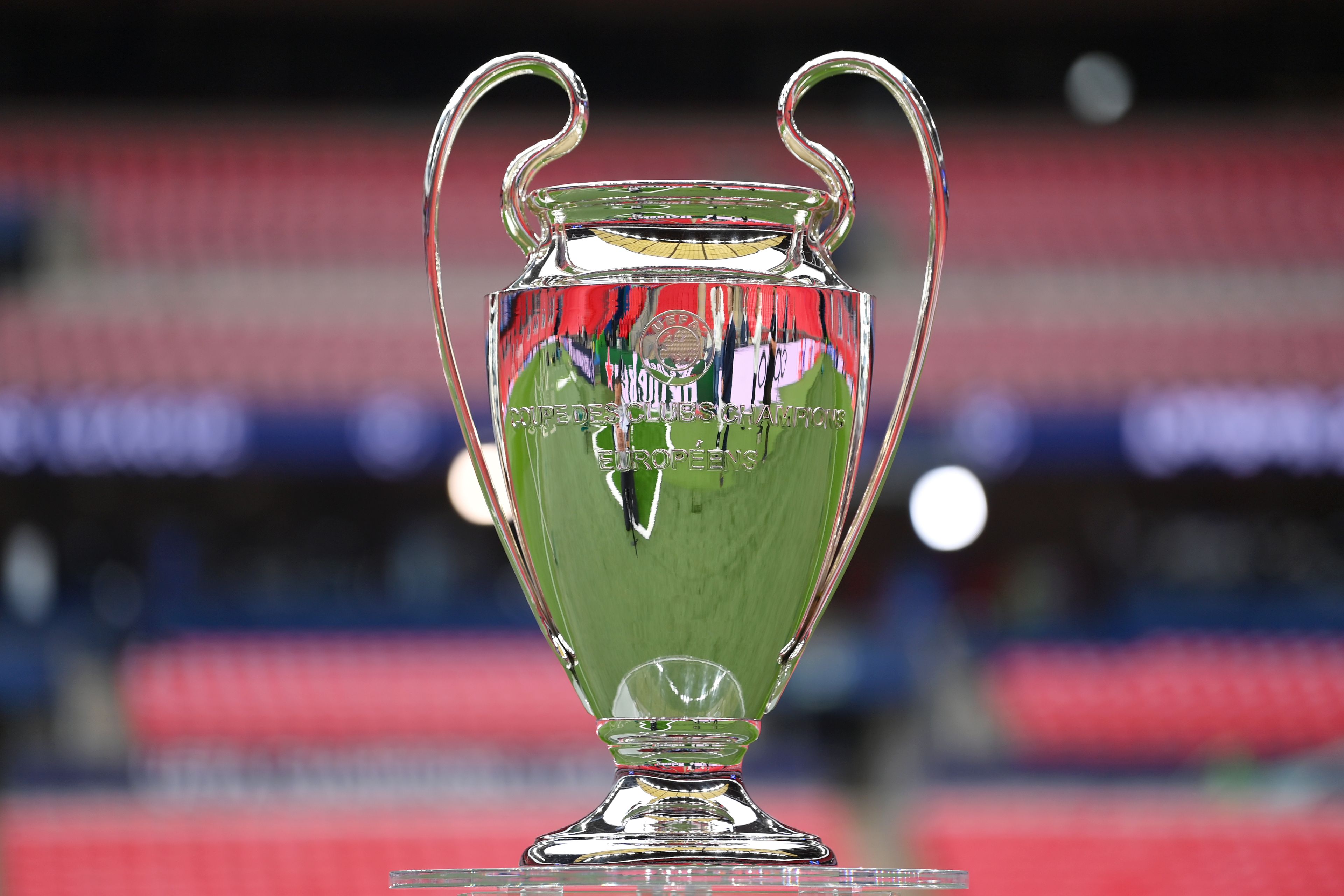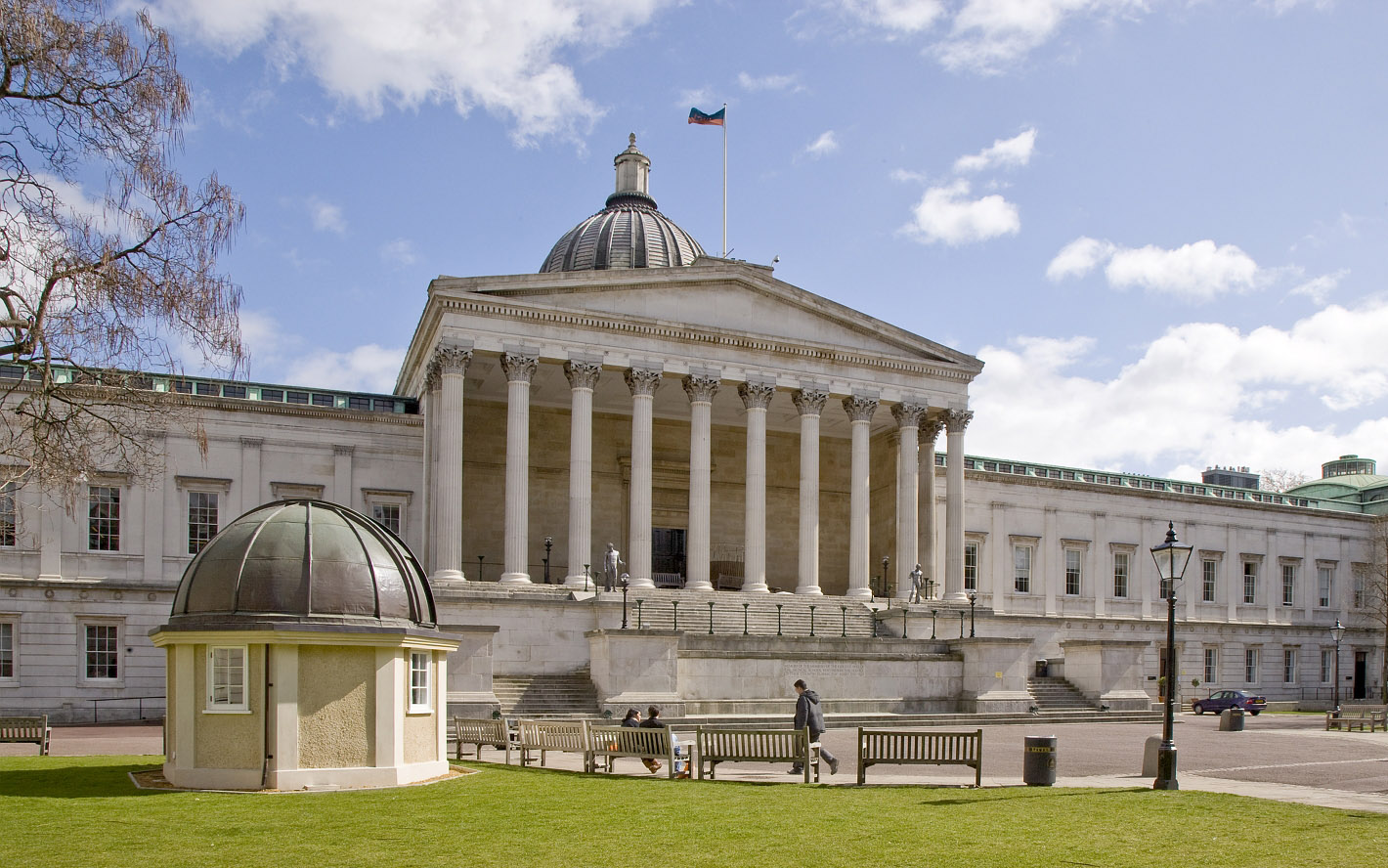
The Grand Unveiling: A Glimpse into the FIFA Club World Cup 2025 Fixtures
The football world stands on the precipice of a seismic shift, with the FIFA Club World Cup 2025 poised to redefine intercontinental club competition. Gone are the days of the annual seven-team sprint; in its place emerges a quadrennial, month-long spectacle featuring 32 of the world’s elite club teams battling for ultimate glory in the United States. While the official draw and precise fixture list are still eagerly awaited, the expanded format promises a tapestry of tantalizing matchups, potential upsets, and a true global showcase of club football prowess. This article delves into the anticipated structure, potential blockbuster clashes, and the sheer logistical marvel that will underpin the inaugural edition of the revamped FIFA Club World Cup.
A New Era: Understanding the Format and the Stakes
Scheduled to take place from June 15 to July 13, 2025, the FIFA Club World Cup will adopt a format mirroring the FIFA World Cup. Thirty-two teams, meticulously selected based on their continental championship victories and club rankings over the past four years (2021-2024), will be divided into eight groups of four. Each group will play a single round-robin format, with the top two teams from each group advancing to a knockout stage comprising the Round of 16, Quarter-finals, Semi-finals, and a grand Final. There will be no third-place playoff, emphasizing the focus on the ultimate prize.
This expansion is not merely about increasing participant numbers; it’s about elevating the prestige and competitive intensity of a tournament that has often been overshadowed by its national team counterpart. For clubs, it offers an unprecedented opportunity to test their mettle against diverse playing styles and prove their supremacy on a truly global stage, backed by significant prize money and the chance to etch their name in history. For fans, it promises a feast of football, with high-stakes encounters from the very first whistle.
The Global Galaxy: Qualified Teams and Their Pedigrees
As of early 2024, a significant number of clubs have already secured their berths, offering a tantalizing glimpse into the quality on display:
- UEFA (Europe – 12 slots): Real Madrid (2022 UCL Winner), Manchester City (2023 UCL Winner), Chelsea (2021 UCL Winner), Bayern Munich, Paris Saint-Germain, Inter Milan, FC Porto, Benfica (based on ranking pathway). The remaining four slots will be filled by the 2024 Champions League winner and three more via the ranking pathway.
- CONMEBOL (South America – 6 slots): Palmeiras (2021 Copa Libertadores Winner), Flamengo (2022 Copa Libertadores Winner), Fluminense (2023 Copa Libertadores Winner). The 2024 winner and two more via ranking will complete the contingent.
- CONCACAF (North, Central America & Caribbean – 4 slots): Monterrey (2021 Concacaf Champions Cup Winner), Seattle Sounders FC (2022 Concacaf Champions Cup Winner), Club León (2023 Concacaf Champions Cup Winner). The 2024 winner will take the final slot.
- CAF (Africa – 4 slots): Al Ahly (2021 & 2023 CAF Champions League Winner), Wydad AC (2022 CAF Champions League Winner). The 2024 winner and one via ranking will complete Africa’s representation.
- AFC (Asia – 4 slots): Al-Hilal (2021 AFC Champions League Winner), Urawa Red Diamonds (2022 AFC Champions League Winner). The 2024 winner and one via ranking will fill the remaining slots.
- OFC (Oceania – 1 slot): Auckland City FC (best-ranked OFC Champions League winner over the period).
- Host Country (1 slot): A team from the USA, yet to be determined.
This diverse roster sets the stage for unparalleled cross-continental showdowns.
Crafting the Fixture Framework: A Hypothetical Look at the Group Stage
While the actual draw will dictate the precise pairings, we can envision potential group configurations that would ignite immediate excitement. FIFA will likely seed the top-ranked teams, ensuring a distribution of power across the groups.
Hypothetical Group A: The "Group of Death"
- Real Madrid (UEFA)
- Palmeiras (CONMEBOL)
- Al-Hilal (AFC)
- Seattle Sounders FC (CONCACAF)
Imagine the opening fixtures:
- Matchday 1 (June 15/16):
- Real Madrid vs. Seattle Sounders FC: A clash of titans, with the reigning European giants facing the energetic American champions on their home turf. Expect a high-energy affair, testing Madrid’s composure against Sounders’ passionate support.
- Palmeiras vs. Al-Hilal: A battle of continental champions, promising tactical intrigue and flair. Palmeiras’ South American grit against Al-Hilal’s technical prowess and star power (perhaps Neymar or Malcom leading the line).
- Matchday 2 (June 19/20):
- Real Madrid vs. Al-Hilal: A rematch of the 2022 Club World Cup final, where Real Madrid prevailed. Al-Hilal will seek revenge, showcasing the growing strength of Asian football.
- Seattle Sounders FC vs. Palmeiras: The host nation’s representative against a formidable South American power. This match would be a massive test for the Sounders, potentially defining their tournament trajectory.
- Matchday 3 (June 23/24):
- Al-Hilal vs. Seattle Sounders FC: Both teams potentially fighting for survival or a knockout spot, ensuring a fiercely contested match.
- Palmeiras vs. Real Madrid: A colossal encounter, a true test of European vs. South American football philosophy, potentially deciding group supremacy.
This group alone showcases the tournament’s potential for immediate, high-stakes drama, with every point vital for progression.
Hypothetical Group B: The "Contenders’ Clash"
- Manchester City (UEFA)
- Flamengo (CONMEBOL)
- Club León (CONCACAF)
- Wydad AC (CAF)
Fixtures could include:
- Matchday 1: Manchester City vs. Club León; Flamengo vs. Wydad AC.
- Matchday 2: Manchester City vs. Wydad AC; Club León vs. Flamengo.
- Matchday 3: Wydad AC vs. Club León; Flamengo vs. Manchester City.
The final group stage match between Flamengo and Manchester City would be a guaranteed blockbuster, echoing their previous encounters in the traditional Club World Cup format. Wydad AC, with their passionate support and robust style, would pose a significant challenge to any team, while Club León, representing Mexico’s strong footballing tradition, would look to make their mark.
Hypothetical Group C: The "Balanced Battle"
- Bayern Munich (UEFA)
- Fluminense (CONMEBOL)
- Al Ahly (CAF)
- Auckland City FC (OFC)
Fixtures might feature:
- Matchday 1: Bayern Munich vs. Auckland City FC; Fluminense vs. Al Ahly.
- Matchday 2: Bayern Munich vs. Al Ahly; Auckland City FC vs. Fluminense.
- Matchday 3: Al Ahly vs. Auckland City FC; Fluminense vs. Bayern Munich.
While Bayern Munich would be heavy favorites, the clash against Al Ahly, Africa’s most successful club, would be highly anticipated. Fluminense, with their technical prowess, would aim to emulate their Copa Libertadores success on the global stage. Auckland City FC, often the tournament’s underdog, would relish the opportunity to test themselves against the world’s best.
The Road to Glory: Knockout Stage Scenarios
Following the group stage, the tournament transitions into a ruthless single-elimination knockout bracket. The Round of 16, Quarter-finals, and Semi-finals will lead to the ultimate showdown.
- Round of 16 (June 27-30): This stage will immediately pit group winners against group runners-up, leading to immediate high-stakes encounters. Imagine a potential clash between a group winner like Real Madrid and a runner-up from another tough group, say, Flamengo or Inter Milan. Every match becomes a final in itself.
- Quarter-finals (July 3-6): The stakes escalate further. Here, we could see all-European clashes (e.g., Man City vs. Bayern Munich), or intercontinental blockbusters (e.g., Real Madrid vs. the Copa Libertadores champion). These matches will truly separate the contenders from the pretenders.
- Semi-finals (July 9-10): The penultimate stage, where two teams will earn the right to compete for the inaugural title. The pressure will be immense, and these games are often decided by moments of individual brilliance or tactical masterstrokes.
- Final (July 13): The culmination of a month of intense competition. Held at a major US stadium, this match will crown the first champion of the expanded FIFA Club World Cup, a title that will carry immense prestige and signify global club supremacy.
Key Matchups and Anticipated Clashes
Beyond hypothetical group stage permutations, certain types of matchups are inherently thrilling and will define the tournament:
- Europe vs. South America: The eternal debate over which continent produces the best club football will be fiercely contested. Matches involving Real Madrid/Man City/Bayern against Palmeiras/Flamengo/Fluminense are guaranteed fireworks.
- African Giants Rising: Clubs like Al Ahly and Wydad AC have consistently shown their quality in the traditional format. With more opportunities to face top European and South American sides, they could spring major surprises and demonstrate the growing strength of African football.
- Asian Ambition: Al-Hilal and Urawa Red Diamonds have proven themselves formidable opponents. Their clashes against established powers will be key indicators of Asia’s progress.
- CONCACAF on Home Soil: The presence of US-based teams like Seattle Sounders, alongside Mexican powerhouses Monterrey and Club León, will provide a significant boost to local interest and offer a chance for CONCACAF clubs to demonstrate their competitiveness against global giants.
- Star Power: The tournament will be a galaxy of footballing stars. Imagine Vinicius Jr. and Jude Bellingham facing off against Endrick and Raphael Veiga; Erling Haaland and Kevin De Bruyne battling against Gabriel Barbosa and Giorgian de Arrascaeta. The individual duels will be as captivating as the team contests.
The American Stage: Venues and Logistics
Hosting a 32-team tournament across a month will be a monumental logistical undertaking for the United States. While specific venues are yet to be confirmed, major NFL stadiums with capacities exceeding 60,000 are likely candidates. Cities like New York, Los Angeles, Miami, Dallas, Atlanta, and Seattle, with their world-class facilities and large football fan bases, are prime contenders. The vast distances between cities will necessitate careful scheduling to minimize travel fatigue for teams.
Beyond the Pitch: Impact and Legacy
The FIFA Club World Cup 2025 is more than just a series of fixtures; it’s a statement. It represents FIFA’s ambition to create a truly global club competition, one that captures the imagination of fans worldwide and generates significant revenue for the sport. For the host nation, it’s a dress rehearsal for the 2026 FIFA World Cup, showcasing their capabilities to host major international football events. For clubs, it’s a new frontier of competition, offering unparalleled exposure and the chance to be crowned undisputed world champions.
As the months tick down to June 2025, the anticipation will only build. The official draw, when it finally takes place, will be a highly anticipated event, transforming the hypothetical into concrete matchups. The FIFA Club World Cup 2025 promises to be a landmark event in football history, setting new standards for club competition and delivering an unforgettable month of world-class football. The fixtures, once revealed, will not just be a list of games, but a roadmap to glory for 32 ambitious clubs and a spectacle for billions of fans around the globe.


